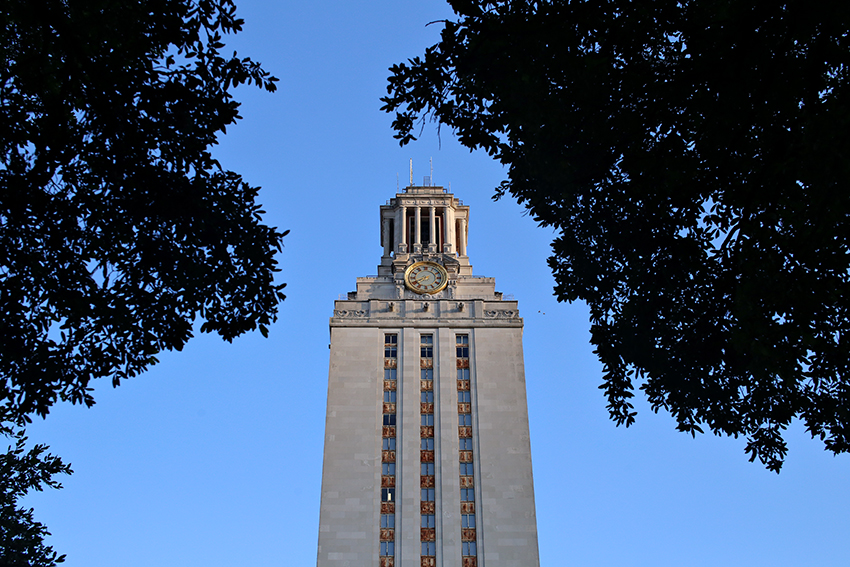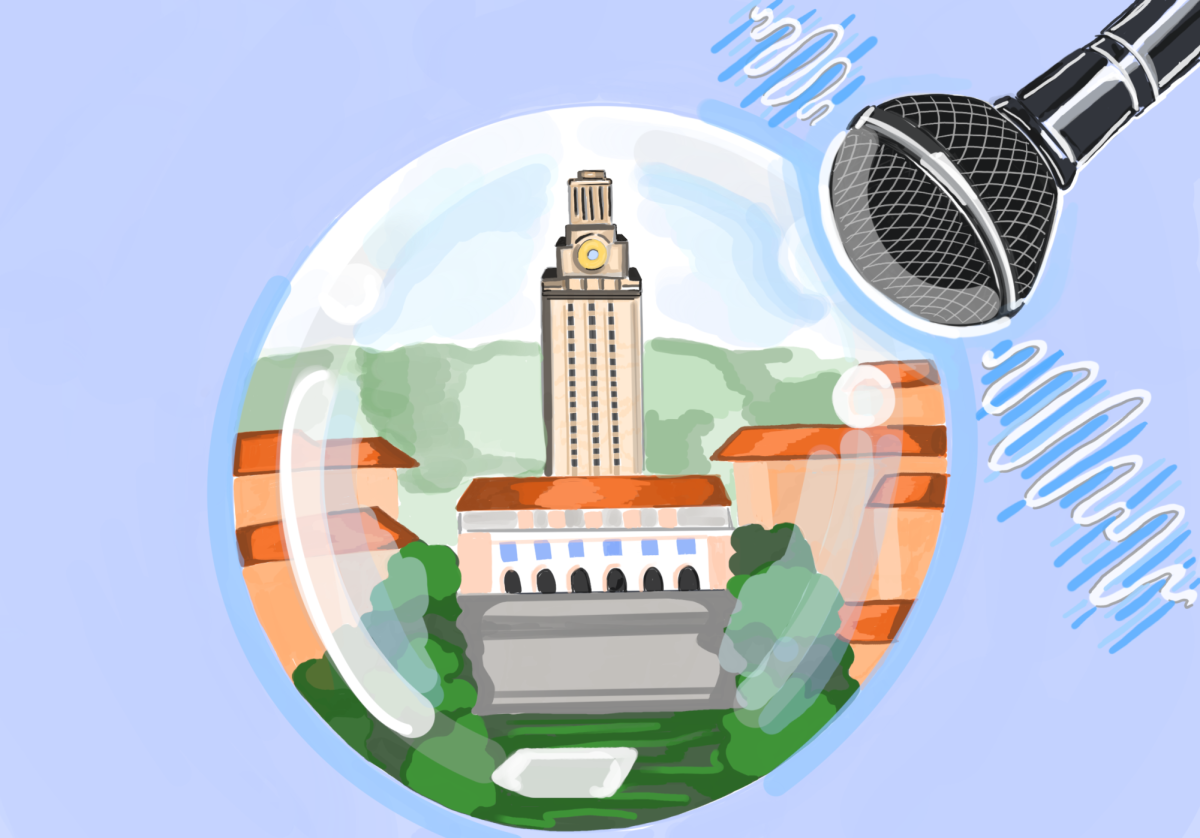The concept of “one man, one vote” is one of the democratic principles which underpins our republic. The Supreme Court case Reynolds v. Sims establishes that states are required to set representative districts of roughly equivalent populations. However, this basic principle does not apply to our presidential elections. Despite all the political rhetoric and calls for voter registration, one giant obstacle remains in the way of a process by which every vote matters — the Electoral College.
The Electoral College works by appointing a certain number of electors to each state, equivalent to the number of senators and representatives each state has (in the case of Washington D.C., three). These electors go entirely to the candidate who won a majority or plurality of the votes within that state, with the only exceptions being Maine and Nebraska. This has resulted in four elections where the winner of the popular vote has lost the electoral vote, the most recent being George W. Bush’s victory over Al Gore in 2000.
In addition, the Electoral College suppresses voter turnout. Voter turnout in non-swing states is lower than in swing states, and swing states receive a disproportionate amount of attention from candidates. Under our current system, there is no need to garner every vote possible across all states if a loss there is guaranteed. Democrats in Texas and Republicans in California are essentially disenfranchised as their votes have no bearing on the outcome of the presidential election.
Since the Electoral College is prescribed under Article II of the Constitution, a constitutional amendment would be required to replace this system entirely with a national popular vote in its stead. The arduous process of ratifying an amendment would require two-thirds of both houses of Congress and approval by three-fourths of the states. However, there are historical instances where the Constitution has been modified in favor of increased democratization. For example, the Seventeenth Amendment similarly moved the election of senators from the state legislatures to popular election by the people.
Besides a constitutional amendment, there are other ways to create a more democratic electoral process.
“Nothing in the Constitution prevents states from allocating their electoral votes according to the popular vote instead of winner-take-all,” government associate professor Zachary Elkins said. “If this were to happen, we would no longer have battleground states and national candidates might actually visit states such as Texas, California and New York. There’s no reason that Ohio, Florida and Pennsylvania should be the only states subjected to 24-hour political advertising, robocalls and candidate stump speeches.”
While this proposal would not result in a perfect representation of the popular vote, it would be easier to implement than a constitutional amendment and would increase voter participation. There is no major organized movement to get rid of the Electoral College, because, for the most part, the outcomes of the electoral vote and popular vote are the same. However, there is no way to gauge how elections would turn out if everyone knew that his or her vote, no matter what state, was counted equally. This is only possible by eliminating the Electoral College as it exists today.
Bolsius is a computer science freshman from Round Rock.





















